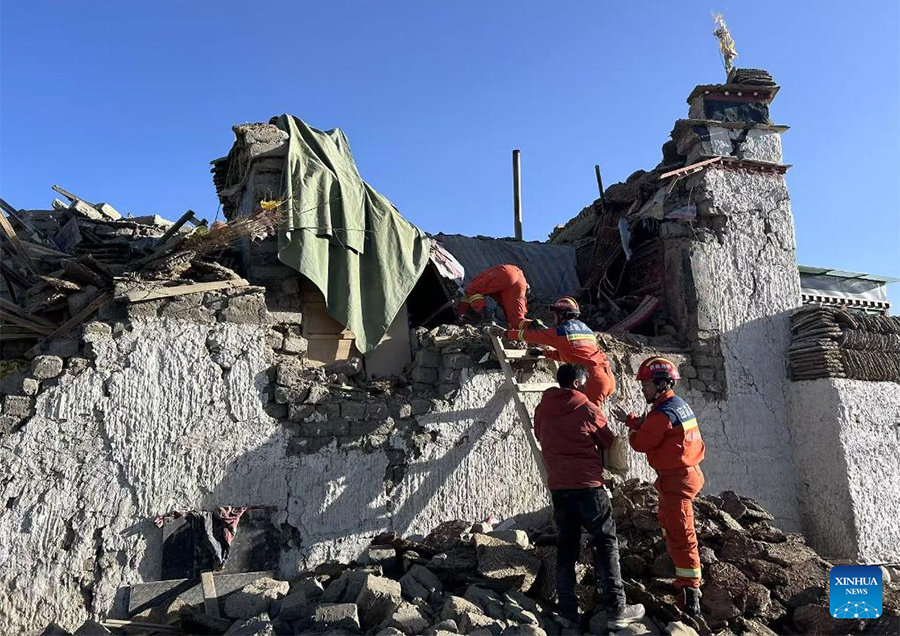
The Department of Archaeology (DoA) has announced the reconstruction of 104 heritage sites damaged by the 2015 earthquakes.
“More than Rs. 700 million will be set aside for these projects,” says Vesh Narayan Dahal, Director General of DoA.
The restoration of Trailokya Mohan, Indrayani, Kankeswori, Naradevi and Jaisi Dewal temples will be overlooked by the department itself. Likewise, the department has already begun working on the reconstruction of Patan’s Jagat Narayan temple, Bhaktapur’s National art museum, Vatsala Devi temple, Tav Sattal, Swayambhu’s Pratapur and Annapur temples.
“The work, in sites which need immediate attention, has already begun,” Dahal says. “A total of 42 reconstruction projects will start this year according to the multi-year project. We are working towards completing the work in time.”
The department has handed over the remaining projects to several nations and organisations. The Sri Lankan government will be overseeing the reconstruction of Bungamati’s Machhendranath temple and Anandkuti Bihar. A memorandum of understanding (MOU) has already been signed by the government for the same.
MOU has also been signed between the Ministry of Finance and the Chinese government for the reconstruction of the nine-storied temple in Hanuman Dhoka and the seven-storied temple at Nuwakot. Likewise, the Japanese government has shown interest in the rebuilding but the DoA is yet to decide on the same.
Nepal’s own Conservation Heritage Foundation will be undertaking the project for the reconstruction of several damaged rest houses within the premises of Changu Narayan temple.
Similarly, Kathmandu Metropolitan City (KMC) will rebuild Rani Pokhari for which it has already called in applications for tender. It will also be working towards restoring Kasthamandap’s Majhudeg for which a tender will be called out as soon as the design gets approved by the DoA. “We have already set aside the budget. Finance is not an issue,” says Rudra Singh Tamang, CEO of KMC.
The DoA will be supervising the usage of the funds set aside for the projects overtaken by organisations other than itself. A formal guideline has been drafted by the DoA for these projects. which will be ready and applicable within a week, according to Dahal.
The restoration of these heritage sites require a technical manpower of skilled labourers and supervisors. The challenge of the workers will be to restore these sites to their former full glory without compromising on their artistic and aesthetic value.
“Our new guideline will stress on the usage of new materials and techniques,” Dahal says. “What we need to do now is to make these sites future proof so that future quakes won’t ravage them again.”




















